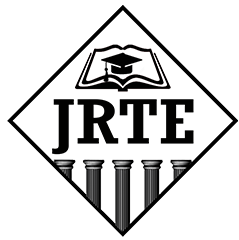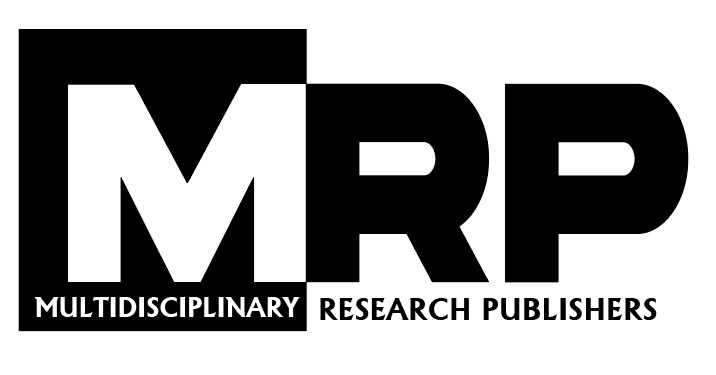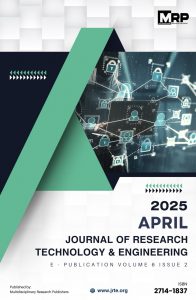Downloads
The key to agricultural sustainability is to carry out all farming activities in a sustainable manner. It is required for environmental assets such as animal varieties, greenery cover, soil, water, and energy sources such as solar, wave, and geothermal, are all to be conserved and enhanced. The essentials for the healthy, long-term operation of the economy are energy sources, climate, and ecological services agriculture. Furthermore, the widespread uses of herbicides, synthetic dressings on lands, and polluted water for irrigation have impacted agriculture. However, ensuring the food security of the growing population is a need. To address these difficulties, more creative solutions are required right away. In this sense, nanotechnology has aided the agro-technological revolution, which has the potential to change the robust agricultural system while ensuring food security shortly. Advanced nanotechnology is being used to increase sustainable crop yield while reducing the negative environmental effects of chemical fertilization. Nanotechnology improves agricultural production by boosting input efficiency while lowering losses due to the nanoparticles’ larger specific surface area. The agrochemicals are carried by nanoparticles for increased crop protection through controlled distribution. The current paper provides an overview of recent advances in nanotechnology-based nanofertilizers, which have changed the agriculture industry. Furthermore, future perspectives on nanomaterial use in agriculture,
their deliverables, limitations, and impacts of nano-agricultural threats are highlighted. As a result, this review states the recent initiatives and formulations of smart fertilizers, as well as the use of nanofertilizers in agriculture, which may aid in the development of solutions to existing and future chemical fertilization issues while achieving agricultural sustainability. Index Terms:modern agriculture, nanofertilizer, sustainability, food security
Written by JRTE
ISSN
2714-1837
| M | T | W | T | F | S | S |
|---|---|---|---|---|---|---|
| 1 | 2 | 3 | ||||
| 4 | 5 | 6 | 7 | 8 | 9 | 10 |
| 11 | 12 | 13 | 14 | 15 | 16 | 17 |
| 18 | 19 | 20 | 21 | 22 | 23 | 24 |
| 25 | 26 | 27 | 28 | 29 | 30 | |
Our Visitors






 Users Today : 25
Users Today : 25 Total Users : 32917
Total Users : 32917 Views Today : 59
Views Today : 59 Total views : 88746
Total views : 88746 Who's Online : 0
Who's Online : 0 Your IP Address : 216.73.216.189
Your IP Address : 216.73.216.189

